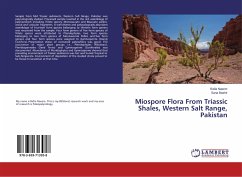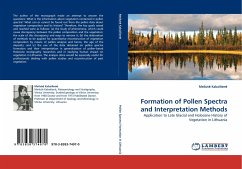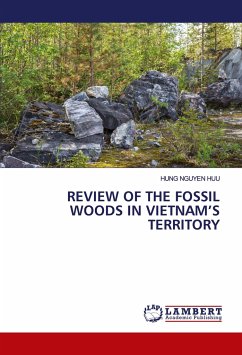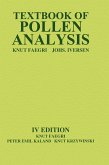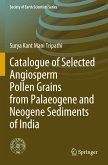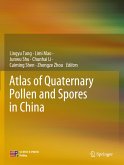Sample from Mid Triassic sediments, Western Salt Range, Pakistan was palynologically studied. Processed sample resulted in the rich assemblage of palynomorph including Trilete spores; Monosaccate and Bisaccate pollen; wood and cuticular fragments. A well diverse and palynologically abundant assemblage of fourteen form species belonging to thirteen form genera was recovered from the sample. Four form genera of five form species of Trilete spores were attributed to Pteridophytes, two form species belonging to two form genera of Monosaccate Pollen and five form genera and four form species were assigned to Gymnosperms (mainly Conifers). Preservation status of recovered palynoflora was good. The occurrence of major plant groups i.e., Pteridophytes (Filicinean), Pteridospermales (Seed Ferns) and Gymnosperms (Coniferales) was documented. Abundance of Pteridophytes and Gymnosperms showed that prevailing environment of Triassic sediments was hot and humid Tropical to Sub-Temperate. Environment of deposition of the studied strata proved to be fluvial to lacustrian at that time.
Bitte wählen Sie Ihr Anliegen aus.
Rechnungen
Retourenschein anfordern
Bestellstatus
Storno

